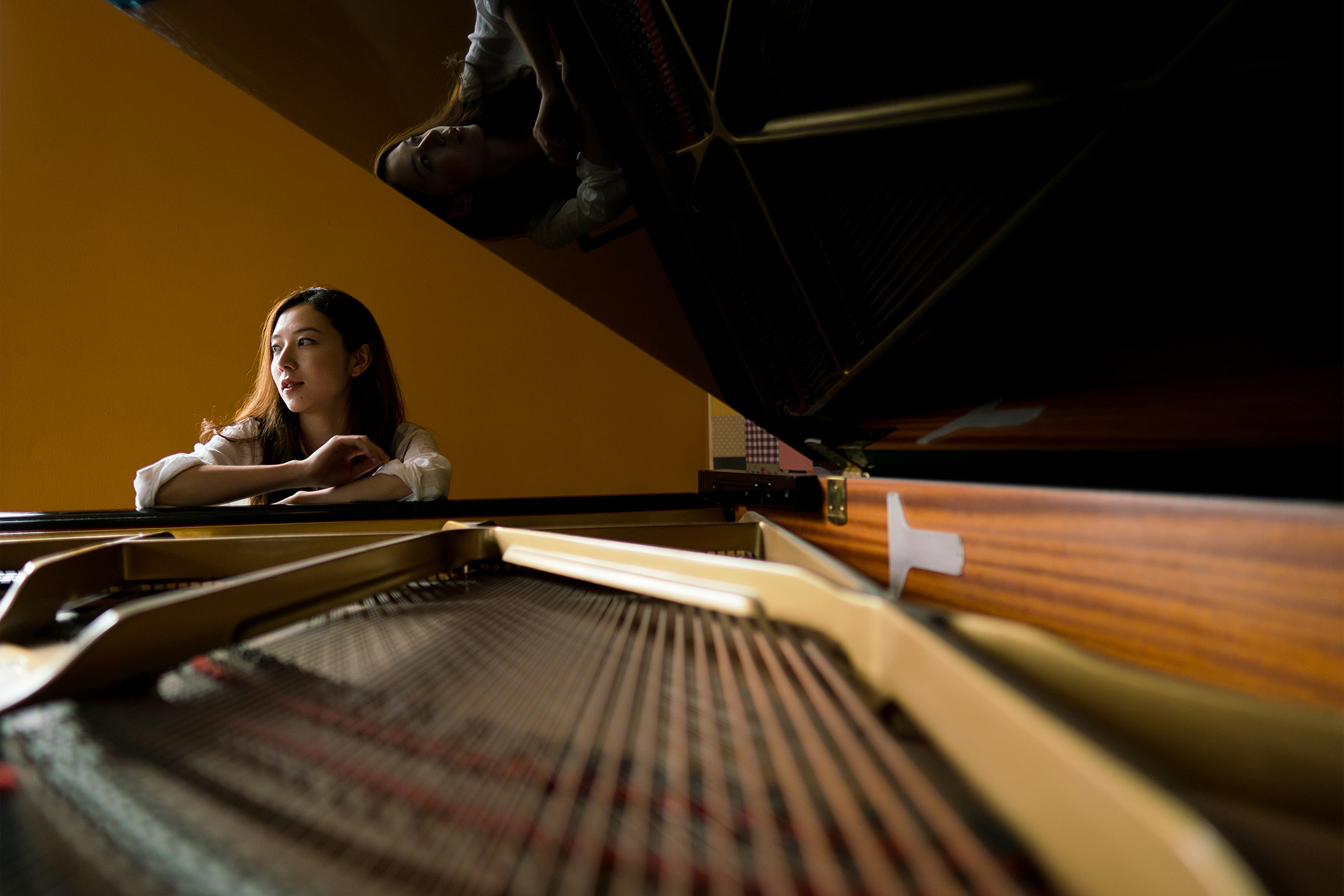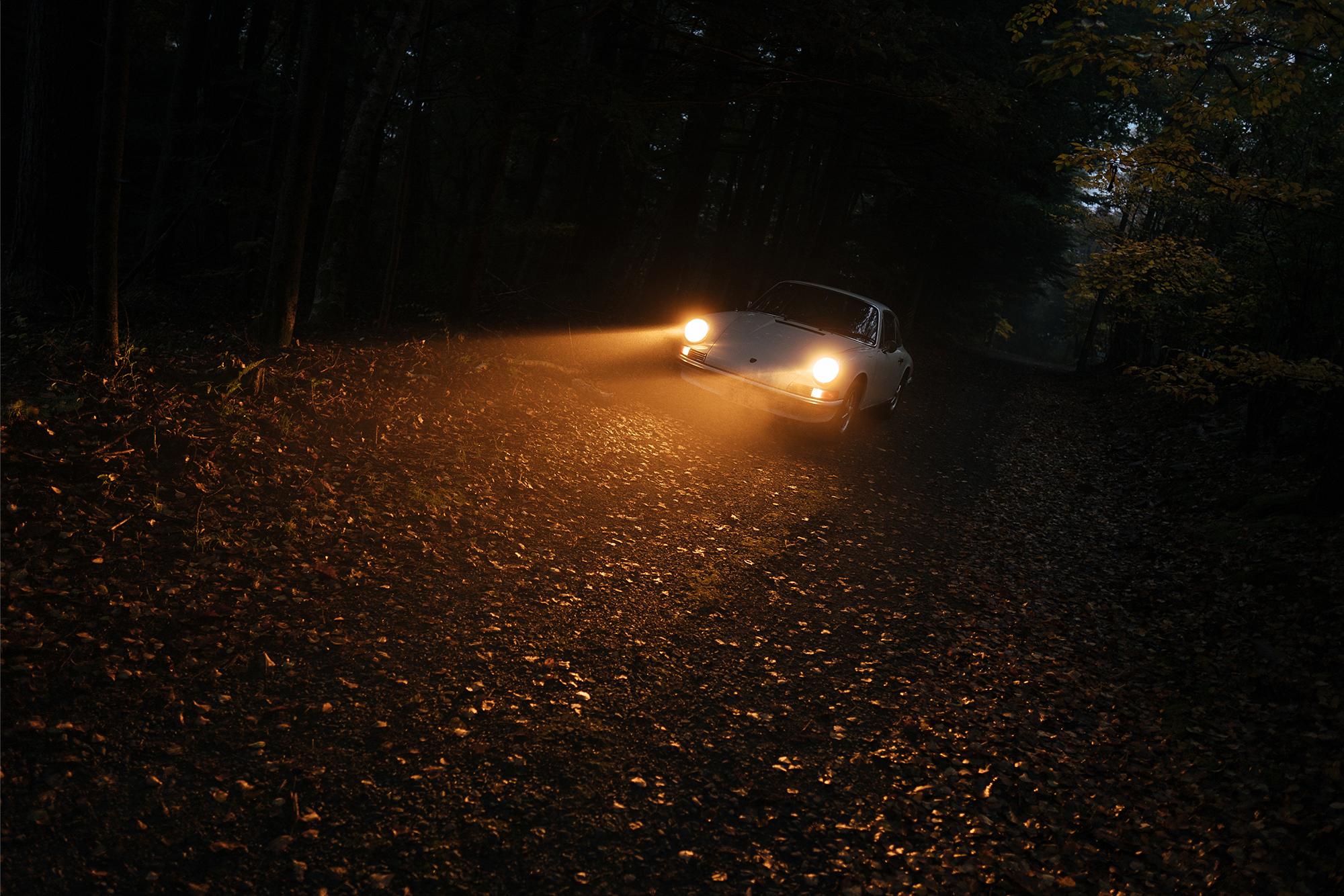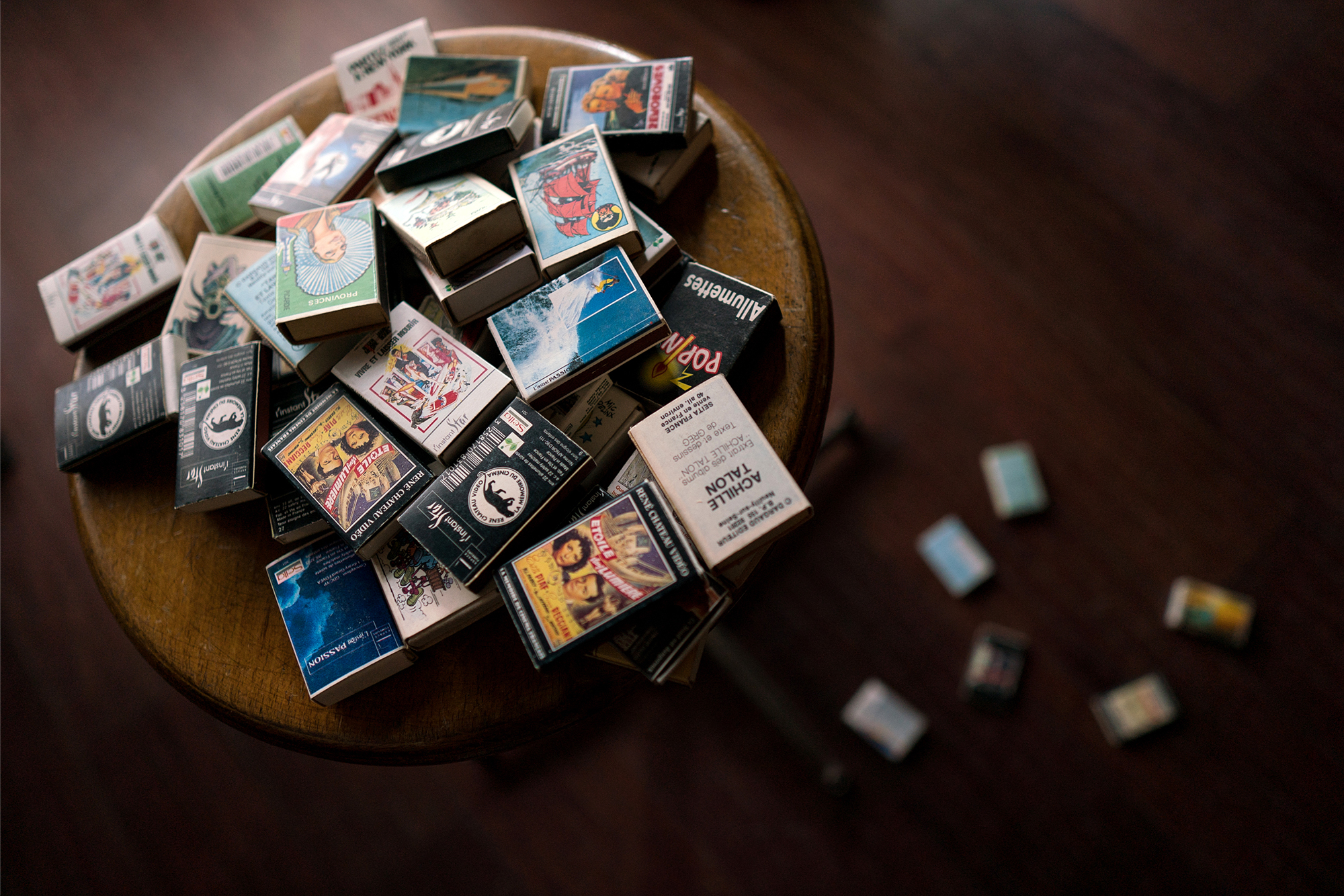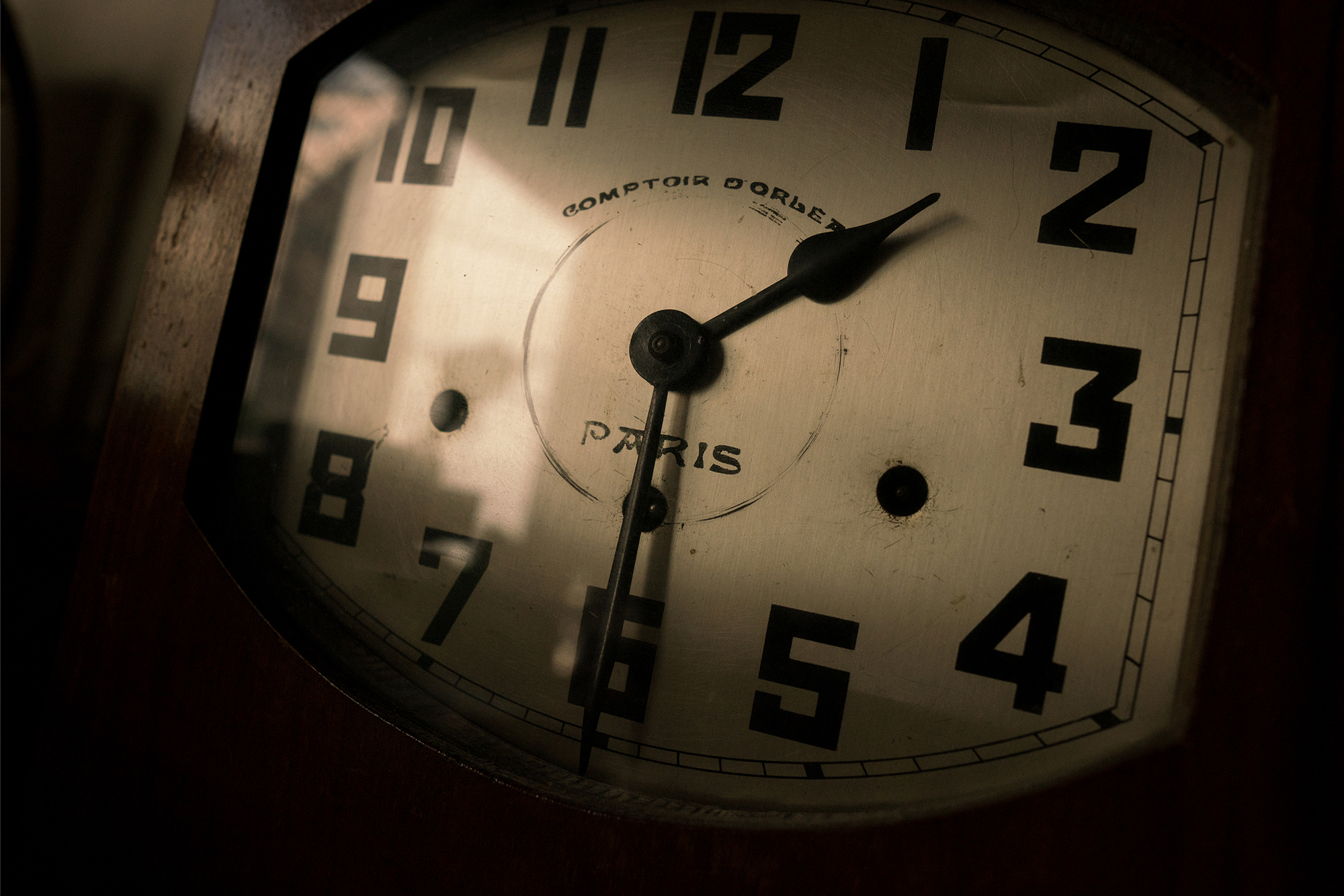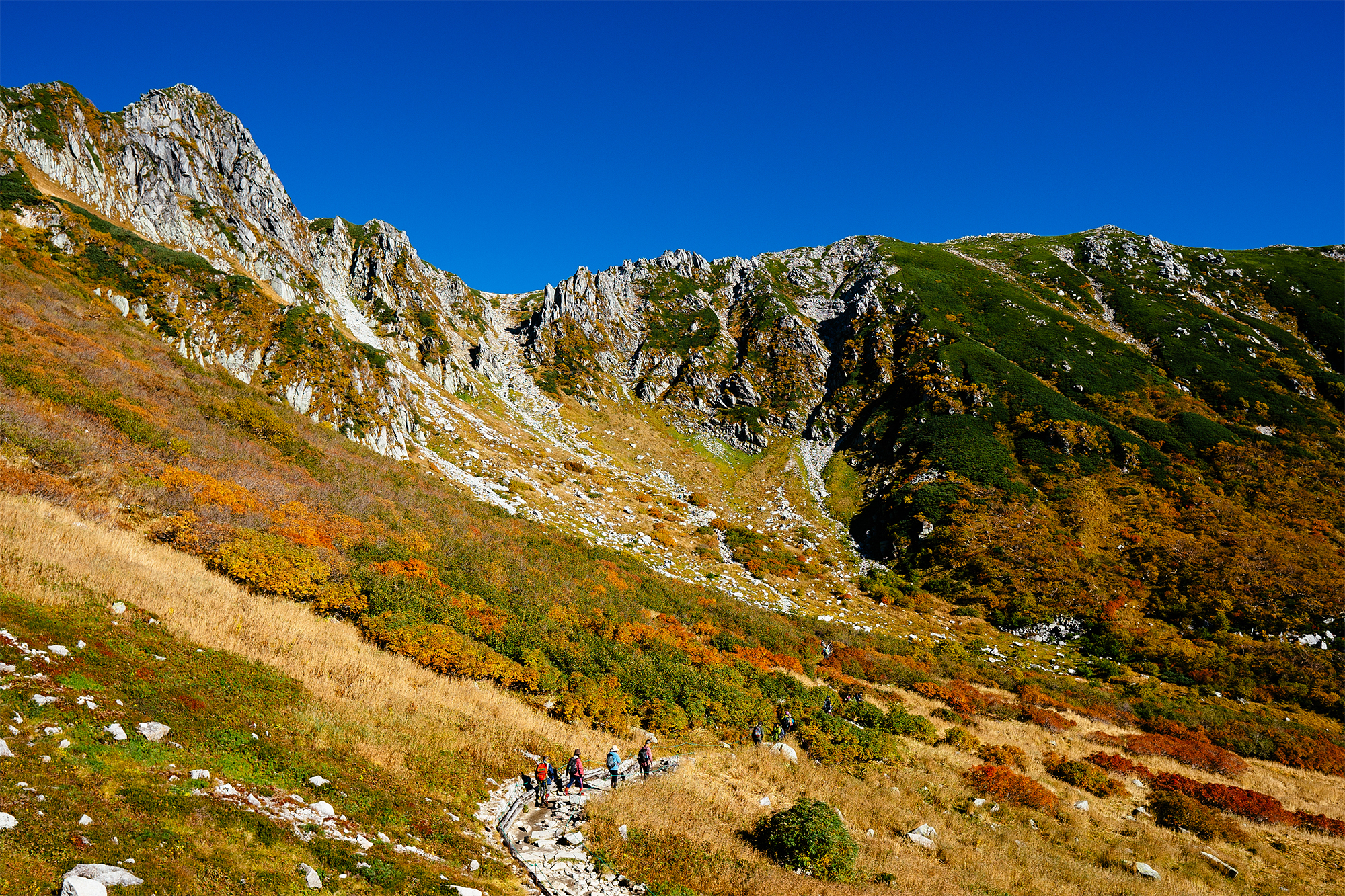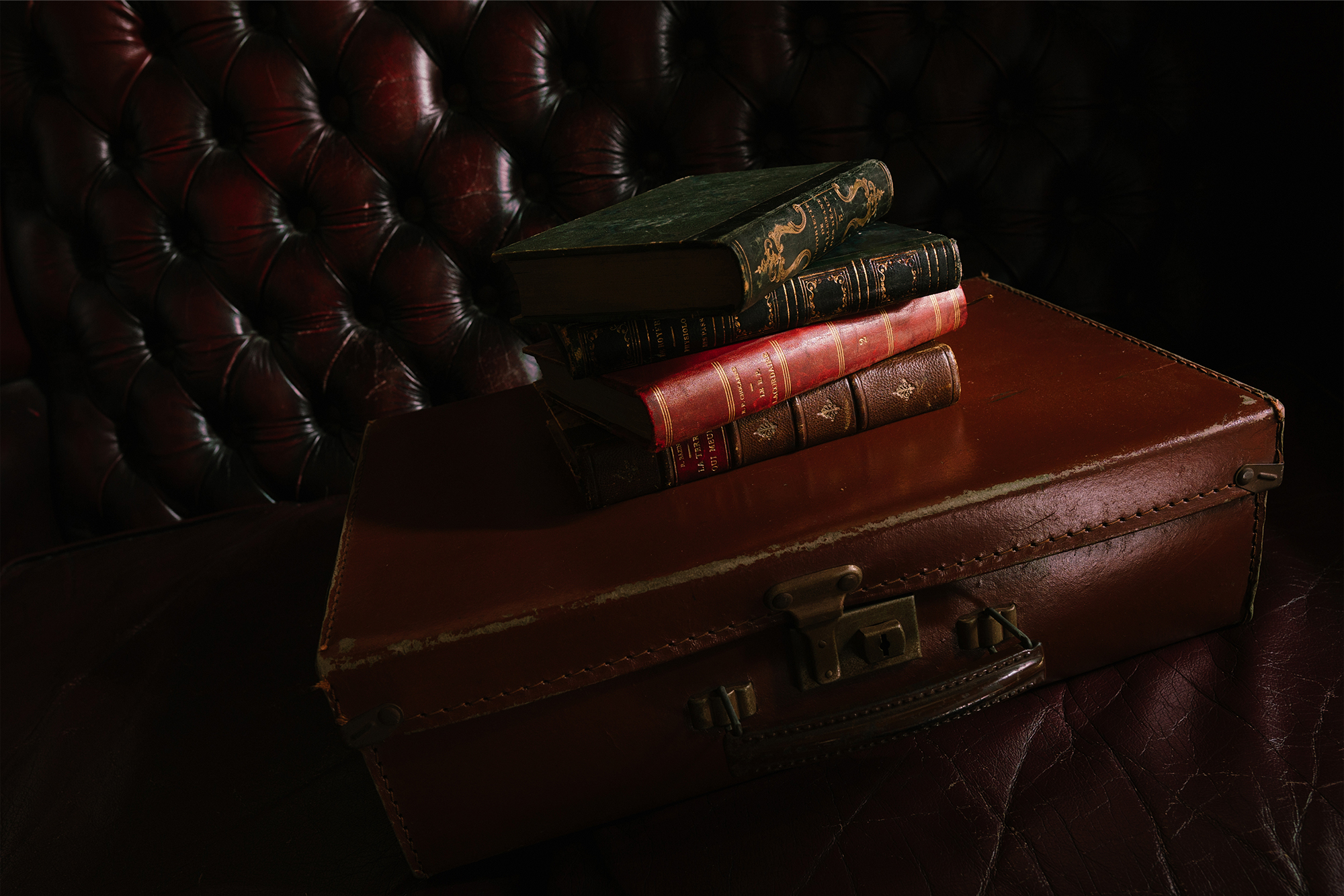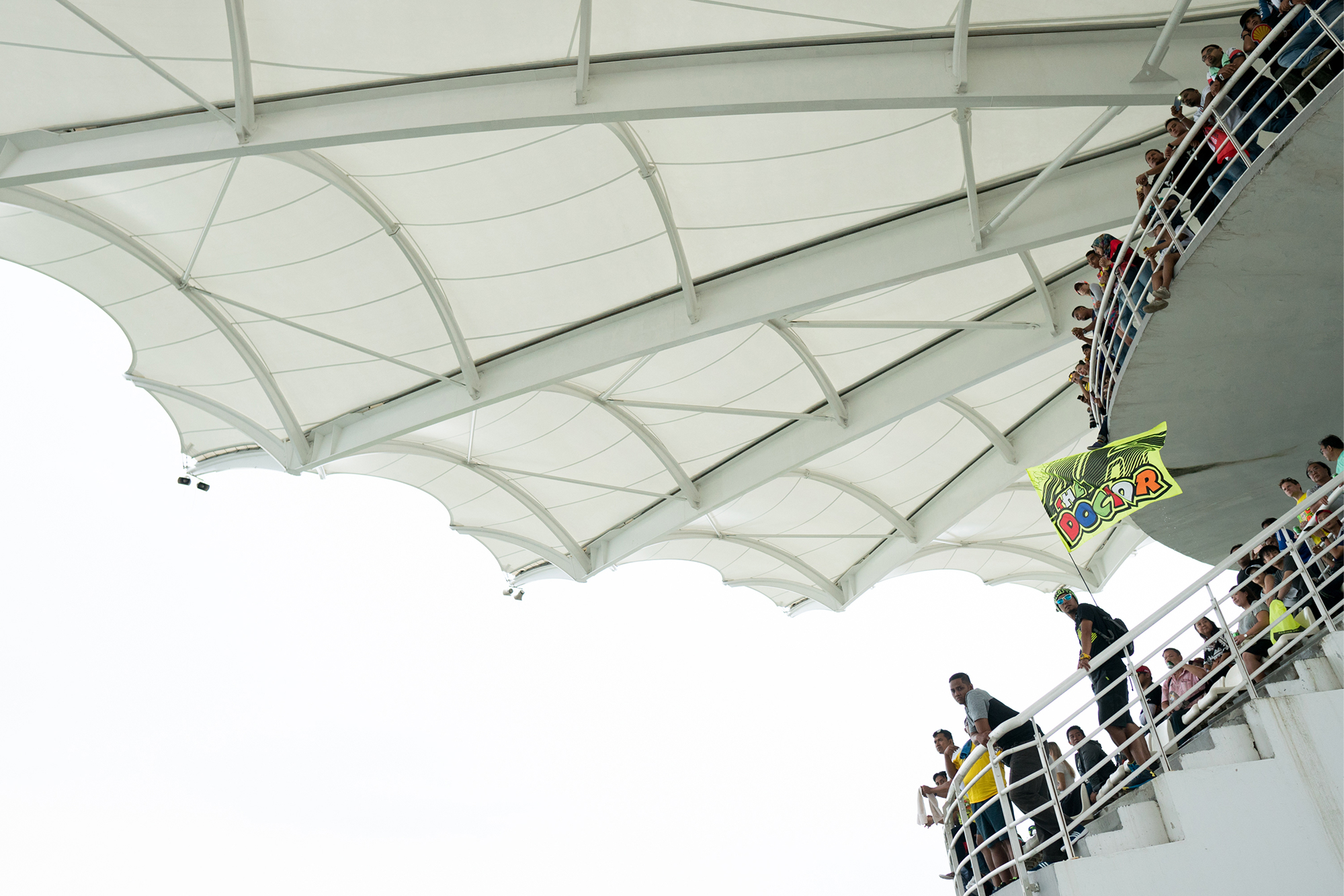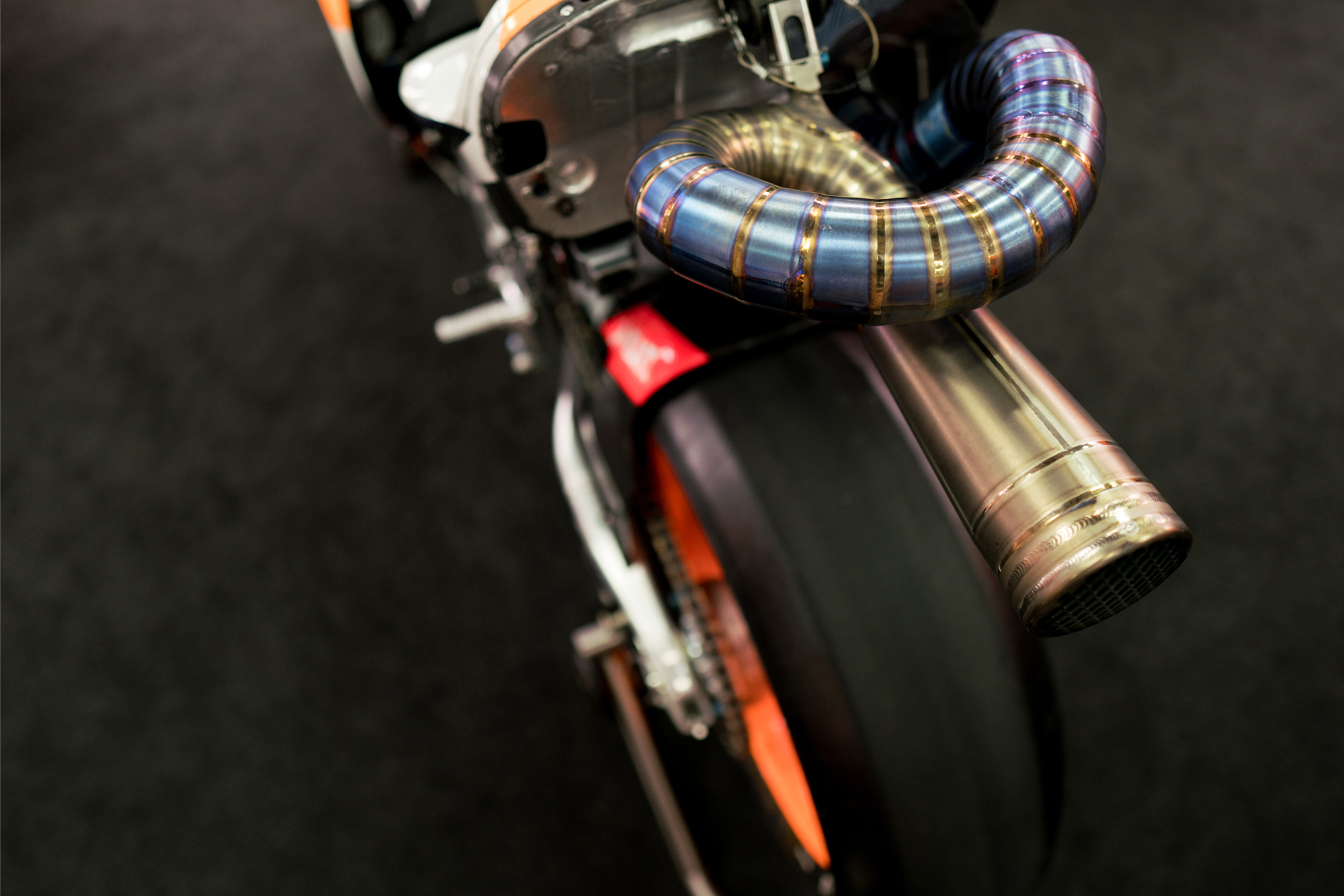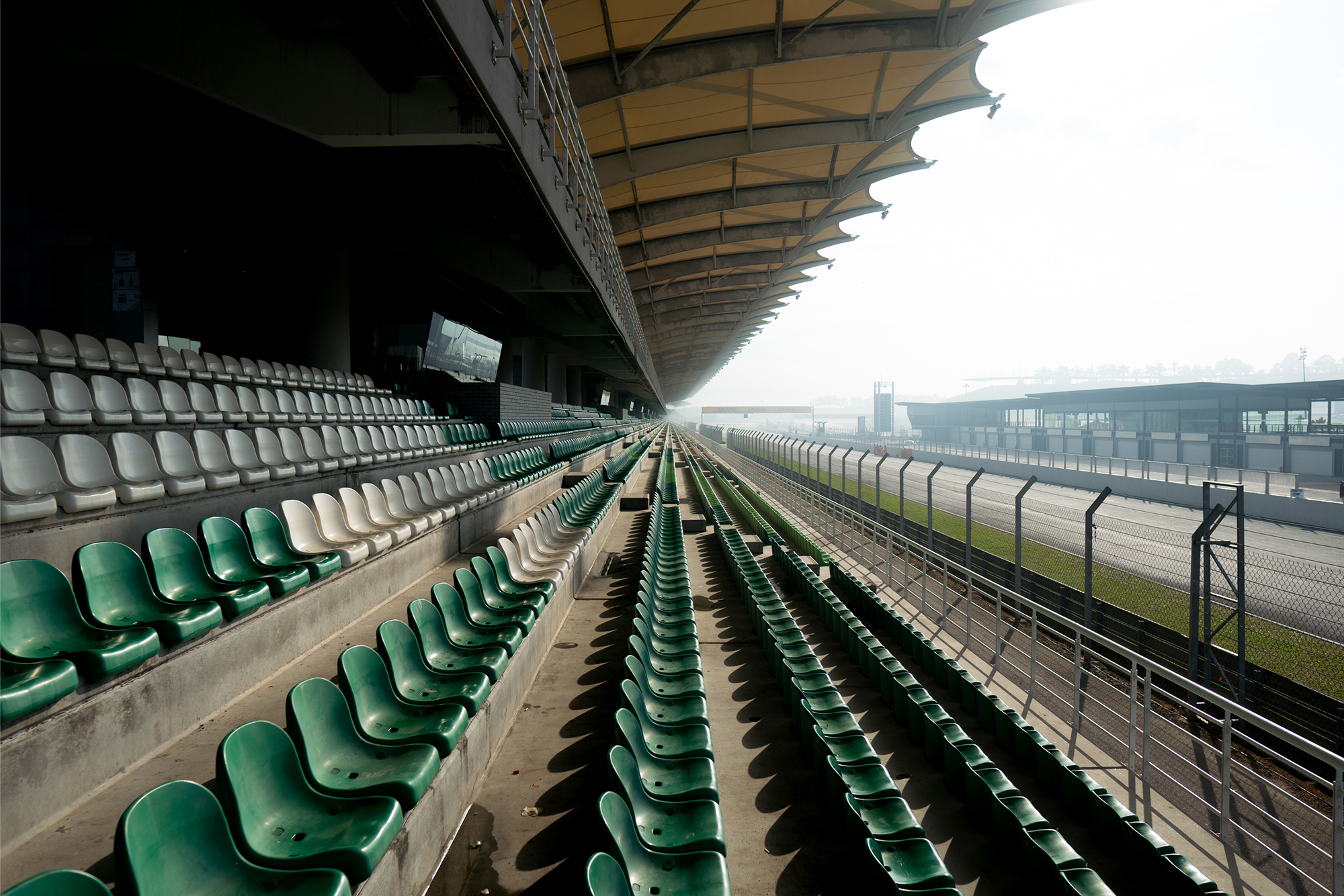

16mm F1.4 DC DN | Contemporary Impression
This delightful F1.4 prime lens covers the angle of view equivalent to wide angle 24mm on SONY E-mount and semi-wide angle 32mm on Micro Four-Thirds mount. F1.4 for the Contemporary line when most Art line lenses for mirrorless cameras are F2.8? According to SIGMA’s representative, they strive to make the very best lenses, regardless of the product line, by controlling aberrations optically. As for this lens in the Contemporary line, the top priority was to achieve features including the large diameter of F1.4 and good bokeh quality by taking advantage of in-camera distortion correction. Now, I see why other Art line lenses for mirrorless cameras are F2.8. SIGMA took an avant-garde approach to pursue the image quality of this lens, unlike the Art line lenses whose aberrations were corrected only optically.
I wish I could have finished talking about the appeal of this lens in the last paragraph, but I had to explain the position of this lens first. Anyway, I genuinely enjoyed shooting with it. Because of the impressive image quality, I also recommend it for 35mm full-frame cameras in crop mode including the SONY A7R II that I used for this impression. If you take a look at the image above, you will learn how powerful the combination of 24mm equivalent and F1.4 is. The rendition is noticeably delicate at wide open aperture and the bokeh looks great considering the wide angle of view. In addition, the reproduction of the calm water surface is graceful.
For portraits using "surroundings"
You can find this image of a pianist, Chinami Yamaguchi, also in the sample photo gallery. The location wasn’t a photo studio, but a rental music studio for playing the piano. Though it was of course fully soundproof, it had no lighting equipment ideal for photography. Besides, my shooting position was limited because of two pianos occupying the room. If I weren’t shooting for "impression,” I wouldn’t hesitate bringing my lighting devices. Furthermore, considering the character of the camera, I didn’t want to raise the sensitivity. Neither did I feel like using a tripod for shooting portraits… When someone doesn’t want to shoot handheld without ample lighting, the power of F1.4 comes in handy. The high speed worked to minimize the increase in light sensitivity.When shooting portraits, we often want to include things around the subject because they often say a lot about it. The naturally defocused piano strings in the foreground also express the depth of the instrument. This lens is a new great choice for E-mount users shooting wide-angle portraits. For micro four-thirds users, it’s an ideal semi-wide/normal prime lens for more casual portraits.
Advantages in low-light conditions
It’s always best to shoot at the lowest possible sensitivity, no matter how good the camera’s high sensitivity performance is. The disadvantage of shooting wide open is minor on this lens because of the reasonable depth of field. Rendition is very sharp at wide open aperture unlike other lenses of the same category whose sharpness suffers in the same condition. The scene above kept changing because of the fog on the road. If I were shooting fog around the base of a mountain from a good distance, I have some time to prepare. But as the fog kept flowing right in front of me, I had no time to set up a tripod. I turned on the light of the car to check the diffusion of light, stepped back to position it at the right side of the frame, and focused only on it. I came up with this composition while getting out of the car. The camera’s image stabilization allowed me to use the shutter speed of 1/25. Again, the rendition is amazing wide open.
The back bokeh of this image is as good as the front bokeh in the first one. I’m sure it wasn’t easy to achieve this bokeh taste, which is not only beautiful, but also massive and not by any means artificial. But, SIGMA did it.
An antique wall clock in the dim light. While the focal peak is very sharp, the defocused parts lose their lines smoothly. In addition, the light diffused by the roll screen looks realistic.
Using smaller apertures
The lens doesn’t "lose” against the camera featuring a sensor without a low-pass filter. It makes perfect sense because SIGMA cameras equipped with the FOVEON sensor are extremely "tough” on lenses and they mercilessly use the same sensor for their lens testers. Rendition at smaller apertures tends to be slightly brighter throughout the frame than the one at the maximum aperture. The drawing line doesn’t get thick at smaller apertures and the sharpness is outstanding at F4. A long time ago, SIGMA lenses used to struggle with dense color reproduction. Now with this lens, it’s so dense that I wonder if I had used a PL filter.
Another shot in the sample photo gallery. I used a tripod to stop it down to F5.6 choosing the shutter speed of 1/2. Perfect reproduction of the spine of the books, the leather texture of the trunk, and the tension of the sofa’s leather.
Specialist in snapshots and reportage
People who are interested in this lens should know its value more than I do. Designed for mirrorless cameras, it’s reasonably easy to handle and the rendition is excellent. Now, it’s your turn to savor it.
